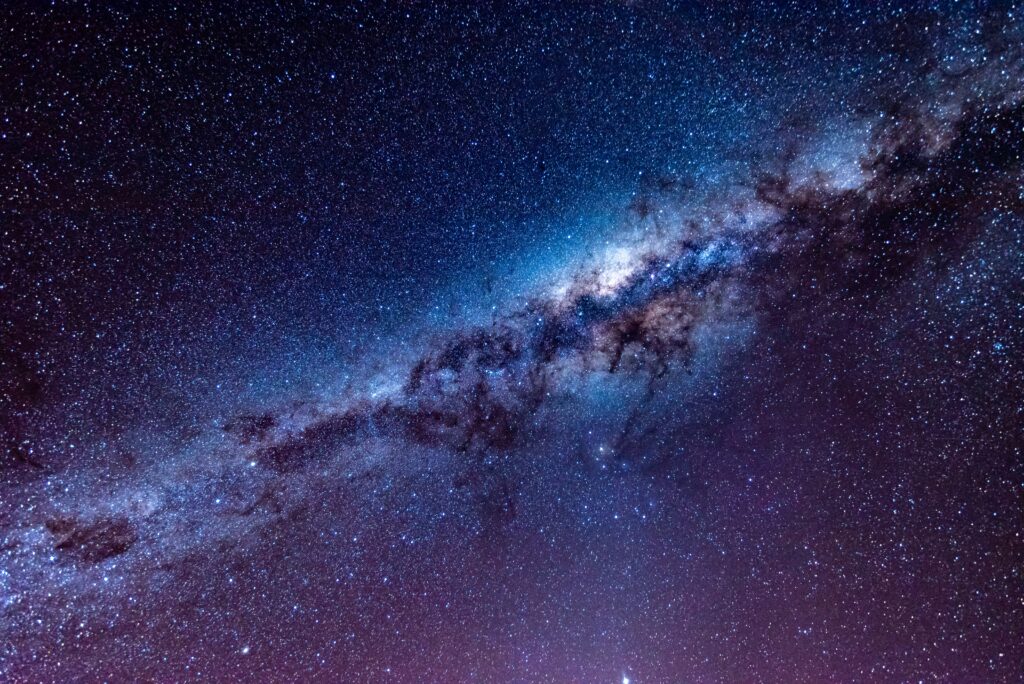Billions of years ago two galaxies smashed into each other to create one. This shot out debris, stars, and cosmic gasses hundreds of thousands of light years away, and we can still see it. Every time we look at the sky we peek into a door of time. Every star we see is in the past. Some are only a few hundred thousand years old, some are as ancient as time immemorial.
Gasses are needed to form stars and stars form galaxies. A dead galaxy is a galaxy in which there is no more cosmic creation in the realm of star formation. Our sun is still burning and is the closest example we have to compare to anything else in relation. Don’t worry, she’s still got plenty of gas in her tank (hydrogen-power, in this case, with a biblical-sized engine).
Dr. David Setton from the University of Pittsburgh recently examined new evidence that could help point out why the biggest galaxies are dead. It may seem like common sense to some but, to others, it will be a revelation. The science team leading this expedition of learning took a look at a galaxy long gone that we’re still able to see the dramatic end of.
Galaxies punching into each other are observed to rip gas out of the galaxies themselves from these collisions of two celestial forces. The gasses in these galaxies are used up typically in the formation of stars. But, this is furthered by the impacts of two celestial bodies colliding like a freight train.
Dr. Setton observed a “tail” of gas however and was able to upset the astro-scene with this new “smoking gun” as he called his new evidence. In our corner of space, most of our large galaxies around us are dead, long having used their resources around them and giving us an idea close to home. Some galaxies close to home were formed either from ancient galaxies impacting one another or were simply borne of their own.
Most of our data on dying galaxies has been gathered close to home for ease of clarity and understanding. However, Dr. Setton set out on a mission to dust the metaphysical bones of a potentially forgotten galaxy that came into his and his team’s crosshairs for study and answers. Traveling farther and deeper into time and space allows us a farther comparison than the backyard observations we’ve made on closer galaxies.
Dr. Setton’s role was to observe and note the size and shape of the galaxy that had come to their attention. Other than the large contrail of cosmic evidence left behind he noted that the galaxy looked surprisingly normal.
This may not sound important but it most certainly is. We have constants close to home and abroad. This helps build similarities (or dissimilarities) between galaxies relatively young and very old.
This galactic smashing gave a notable gas “tail” for Dr. Setton and the team to track and reconstruct how they could’ve impacted each other so long ago. This impressively huge “tail” of gas struck out two Milky Ways end-on-end in length giving the team a kaleidoscope of information.
“That was the smoking gun,” Setton says in a statement. “We were all so struck by it. You just don’t see this much gas this far away from the galaxy.”
Galaxies using up their resources, colliding with other celestial bodies, and energy from black stars (black holes) and supernovae blasting away the life-giving gas that stars need to form are some of the highly accepted theories as to what can cause a galaxy to die.
Dr. Setton wanted to bring a potential to the table that seemed frightening; this fate may happen to us. The good news is we won’t be around to see it but, it’s simply one possible outcome. He notes that if we look to Andromeda, some five billion light years away, we might tangle with her at some point. “It’s helping answer the fundamental question of what’s going to happen to the Milky Way in the future,” he says.
But, when that point comes we will be long gone or far away. Hopefully the latter.
The research is published in the journal Astrophysical Journal Letters.












